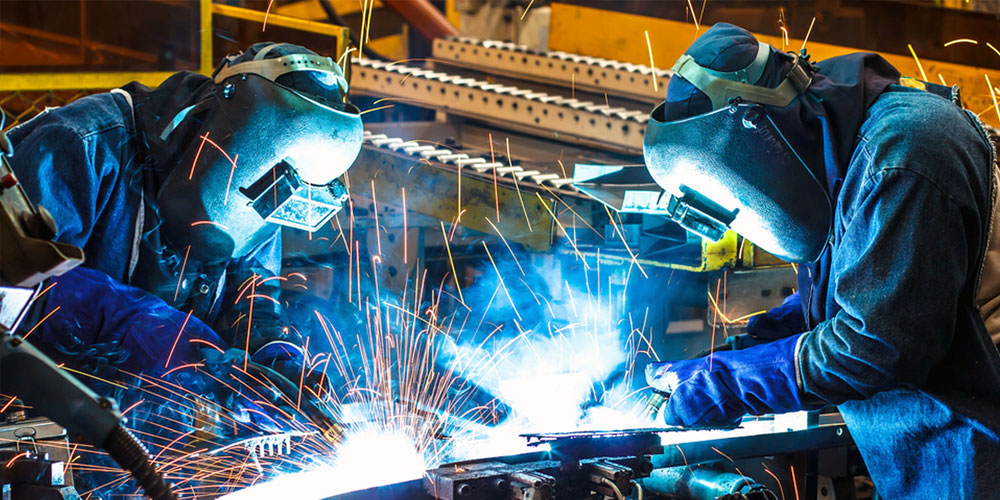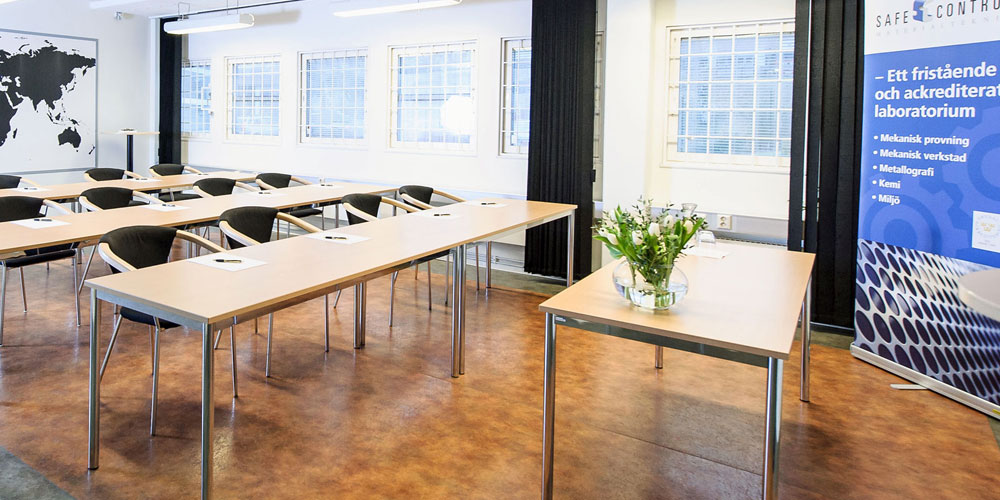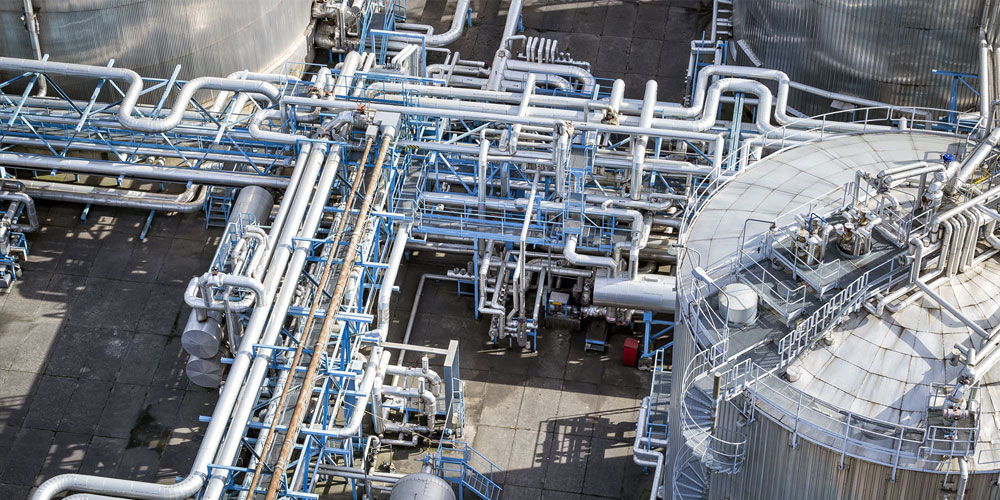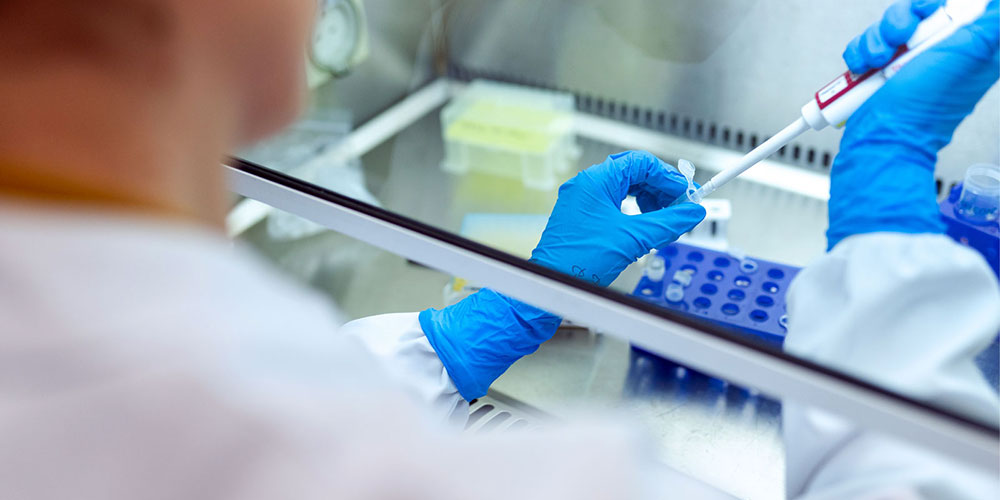All our environmental analyzes
Safe Control performs and handles many types of analyzes. We help with samples taken from soil and asphalt, building materials, air samples and water analyzes.
Arsenic (As)
Arsenic and its branches are toxic and have mainly been used in the wood products industry as wood impregnation.
Arsenic is classified as hazardous to health as it is carcinogenic (lungs, bladder, skin). Those who are at risk are those who are exposed to arsenic in working life and those who have a high intake via well water. You are also exposed to arsenic in the air where arsenic-containing ore is handled or smelted.
Asbestos
Asbestos is a mineral that is found in more than 3,000 products and is very dangerous to health, it can cause diseases such as asbestosis and cancer. There are restrictions on how to handle asbestos.
Lead (Pb)
Lead is a heavy metal that can be found in several products and can cause several serious diseases, including chronic lead poisoning.
Safe Control performs analysis of materials and oils with respect to the presence of lead »
Phthalates
Phthalates, or phthalate esters, are chemical compounds used as plasticizers in plastics (e.g. PVC, polyvinyl chloride) and rubber.
Freon (CFC)
Freons, or chlorofluorocarbons, have previously been used as propellants (spray cans), refrigerants (refrigerators and freezers), in the manufacture of circuit boards and also to inflate plastic foam (insulation). Freon is currently banned due to the negative effects of freons on the ozone layer.
Insulating material that is broken or split releases freon and is classified as environmentally hazardous waste. It must be handled with care during demolition and renovation work, work in heating pipes and cooling systems.
Freons can occur in the following products, often in the form of so-called styrofoam:
- Floating floors
- Insulation material (building, partition walls, district heating pipes, cold storage)
- Refrigerator and freezer
- Ground plots in the ground
- Plastic foam
- Additional insulation
- Heat pumps, older
Sampling
Take out a larger piece (approx. 100×150 mm), wrap in paper and then place in a tight bag. The reason why it should be a larger piece is because it is the nucleus that is analyzed where freons have not avaporated.
Isocyanates
Isocyanates are a group of nitrogen-containing chemical compounds. This is a group of nitrogen compunds that can cause respiratory problems with the result of developing asthma, as well as skin problems, irritation of the eyes and mucous membranes.
Isocyanates can be found in products that contain polyurethane plastic (PUR), for example in varnish, paint, foam plastic, PUR foam, sealant and glue.
Cadmium (Cd)
Cadmium is a heavy metal that can be found in the following products:
- Plastic (floors, profiles, pipes)
- Wet room wallpapers (color pigments)
- Rechargeable batteries, NiCd types
Cadmium can cause anemia, osteoporosis and kidney changes.
Casein
Casein has been used in float putty as a binder. This can, if it reacts to moisture in concrete floors that have not been sufficiently dried, emit toxic gases.
Chloranisoles, chlorophenols
Chlorophenols and chloranisoles were used in the 1950s to 1970s as wood preservatives instead of moisture barriers. When these come in contact with moisture, chloranisols are formed, which smell like mold.
They are banned throughout the EU for environmental reasons. If you are sensitive to chloranisoles, you may feel nausea and dizziness, but they are not harmful to human health in small amounts.
Chromium 6
In the laboratory, we receive samples where chromium 6 is most often analyzed in connection with analysis of PAH, BTEX, metals, oil, aliphates and aromatics in, for example, concrete and asphalt.
Quartz dust
Quartz dust, also called stone dust and respirable dust, is hazardous to health. On November 2, 2015, new regulations were issued on quartz dust in the work environment.
Mercury (Hg)
Mercury is a heavy metal that accumulates in the body, can damage the kidneys and central nervous system, cause birth defects and cause allergies. It is very toxic by inhalation!
The substance has been used in various types of products, for example:
- Drains
- Doorbells
- Mercury lamps
- Fluorescent lamps
- Level sensors
- Relays
- Power switch (also automatic)
- Thermometer
- Thermostats
- Pressure gauge
- Water trap
Light metals
Some toxic and environmentally hazardous light metals are aluminum and beryllium.
Molds
Molds are microorganisms that are made up of fungi and bacteria. If the indoor environment is affected in the form of a bad smell and/or if people staying in the building feel bad, an investigation can be made and then fix the problem. We help you analyze materials and air samples regarding the presence of mold/house fungus/rot fungus.
PAH and creosote
PAH stands for polycyclic aromatic hydrocarbons and is carcinogenic. Creosote is used to impregnate (protect) wood and is also carcinogenic.
PCBs and chlorinated paraffins
PCBs (polychlorinated biphenyls) are both hazardous to health and the environment and are classified as hazardous waste. It has been completely banned from use in Sweden since 1978.
Chlorinated paraffins (polychlorinated alkanes) are environmentally hazardous and are used as softeners and fire protection agents in plastics, sealants, paints, lubricants and in raw materials for plastics and rubber.
PFAS
PFAS, or highly fluorinated substances, is a collective name for a group of organic substances that have been manufactured since the 1950s.
Radon (Rn)
Radon is a radioactive noble gas that is in practice found in all soil under the ground that emits different high levels of radon to the ground air. Radon increases the risk of cancer and sampling is the only way to determine if radon is present in the indoor air or in drinking water.
More about radon in the indoor air »
More about radon in drinking water »
Heavy metals
Heavy metals are a, somewhat outdated, term used to describe high-density metals that are (usually) toxic in low concentrations. Heavy metals are hazardous to health and occur naturally in bedrock, soil, groundwater and watercourses.
There are several heavy metals and the most common substances we analyze are:
- Arsenic (As)
- Lead (Pb)
- Cadmium (Cd)
- Mercury (Hg)
- Zinc (Zn)
Water
This is a broad service where we can be helpful in analyzing drinking water in individual wells, ship water, industrial water, wastewaster from vehicle washes, and more.
Bisphenol A (BPA) och Bisphenol F (BPF)
Bisphenol A (BPA)
Bisphenol A is one of the world’s most common plastic chemicals and is an endocrine disruptor. It does not stay in the body but can lead to elevated levels through constant exposure. From 2020, the use of BPA in thermal paper (e.g. cash receipts) was banned throughout the EU.
Bisphenol F (BPF)
Bisphenol F is used in the manufacture of plastics and epoxy resins. In industry, it is used to increase the thickness and durability of materials, for example in the production of tank and pipe lines and industrial floors.
Contact persons
Catarina Wernlund
Head of Environment
Phone: +46 (0)31-65 64 93
Catarina Wernlund
Head of Chemistry
Phone: +46 (0)31-65 64 93
first.lastname@safecontrol.se


Accreditation
Safe Control Materialteknik AB is accredited since 2001 and has had flexible accreditation since 2016.
All testing takes place against European and international standards.
See our Scope of Accreditation »




